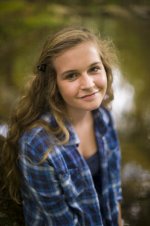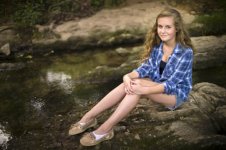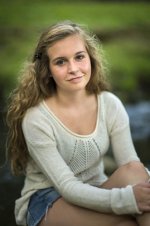Timmyjoe
Veteran
I've started this new thread because I didn't want to hijack the Nikon F3 Tribute thread.
Having heard so much about the Noct-Nikkor over the years, and never having actually used one, I'd love to see a comparison. Having the same scene shot with the Noct-Nikkor, and a current Nikkor 50mm f1.2, (and maybe the new AF Nikkor 58mm f1.4, and just for good measure, a Canon FD 50mm f1.2L (which has been compared to the Noct-Nikkor)). And I'd love the scene to contain people's faces, the subject matter that I think shows the strengths and weaknesses of a lens.
Anyone up for that challenge (and anyone have the lenses for such)?
Best,
-Tim
Having heard so much about the Noct-Nikkor over the years, and never having actually used one, I'd love to see a comparison. Having the same scene shot with the Noct-Nikkor, and a current Nikkor 50mm f1.2, (and maybe the new AF Nikkor 58mm f1.4, and just for good measure, a Canon FD 50mm f1.2L (which has been compared to the Noct-Nikkor)). And I'd love the scene to contain people's faces, the subject matter that I think shows the strengths and weaknesses of a lens.
Anyone up for that challenge (and anyone have the lenses for such)?
Best,
-Tim









